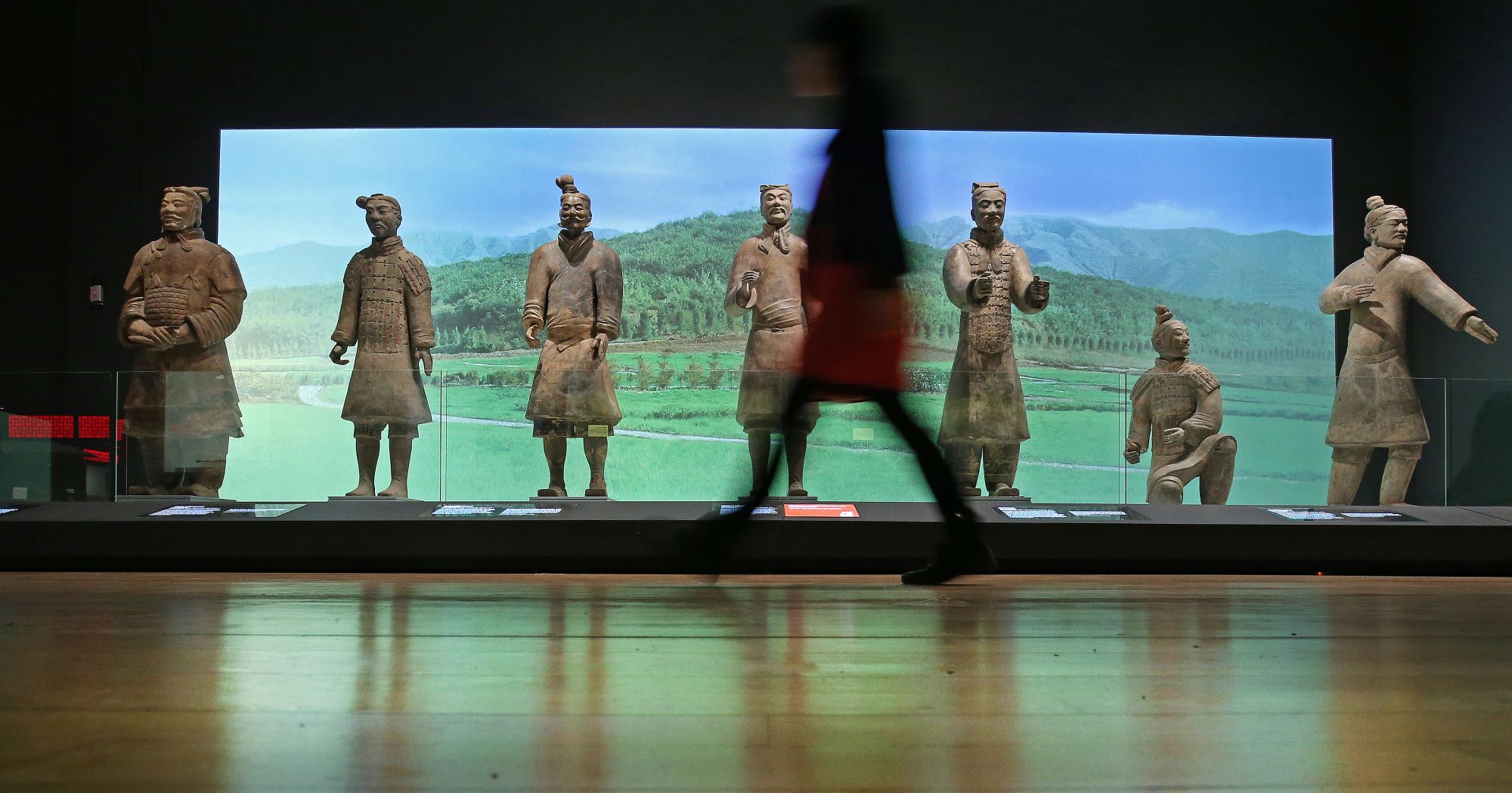
Next time you visit a museum, beware: you just might be being watched.
Civil liberties advocates are condemning a UK museum’s use of controversial facial-recognition technology as an extra security measure for a blockbuster show of Terracotta Warriors from China.
The advocacy group Big Brother Watch has revealed that the World Museum in Liverpool in the North West of England used the technology during its loan exhibition from China last year. In a statement, the director of Big Brother Watch, Silkie Carlo, noted that the “authoritarian surveillance tool is rarely seen outside of China.” Rarely, that is, until now in the UK, where its use is spreading rapidly beyond airports and border crossings. This marks the technology’s first reported use by a national museum.
The World Museum, which has an annual attendance of 1.4 million visitors and is the flagship of the National Museums Liverpool, joins a growing list of venues, including office and retail complexes, casinos, and a conference center, that use or have used facial-recognition surveillance. Big Brother Watch describes its spread across the UK as “an epidemic.” Critics argue that the technology is flawed and possibly discriminatory as well as intrusive, while supporters and the police say it helps reduce crime and protect public safety.
A spokeswoman for National Museums Liverpool defended its use of the enhanced surveillance technology as an additional security measure for the exhibition, titled “China’s First Emperor and the Terracotta Warriors,” which ran from February to the end of October last year. The technology was used on the advice of the local police and not at the request of the Chinese lenders, artnet News understands.
Terracotta Warriors at the World Museum, Liverpool. Photo courtesy of National Museums Liverpool.
In a statement, National Museums Liverpool said that it “used facial recognition technology at the World Museum when there was a heightened security risk during the exhibition.” It adds that the extra security measure was put in place after seeking advice from Merseyside Police and local counter-terrorism advisors.
The show of ancient artifacts and sculptures from the imperial tomb came from the Shaanxi Provincial Cultural Relics Bureau and the Shaanxi History Museum in China.
Big Brother Watch pointed out that many of those scanned visiting the exhibition would have been children. Although not every venue using the technology notifies the public, the World Museum did have warning signs in place.
While National Museums Liverpool has not ruled out using facial-recognition technology in the future, it decided not to use it during another high-profile exhibition last year that also included rare loans. “Double Fantasy – John & Yoko” at the Museum of Liverpool featured personal objects drawn from Yoko Ono’s private collection, some of which had never been displayed before.